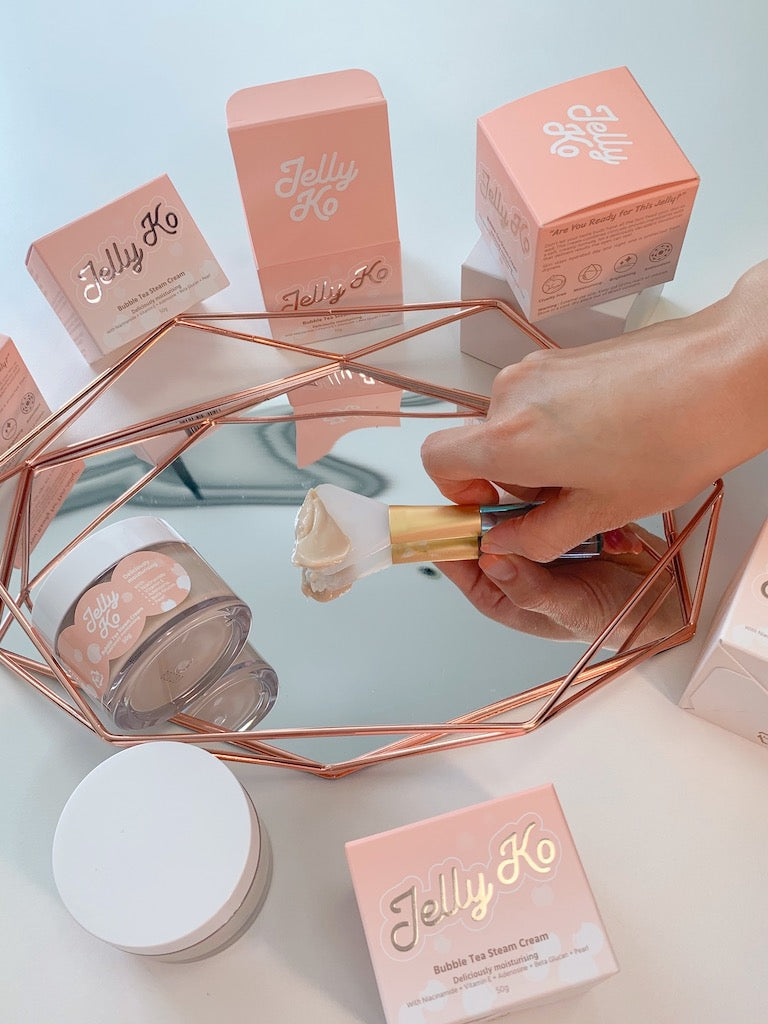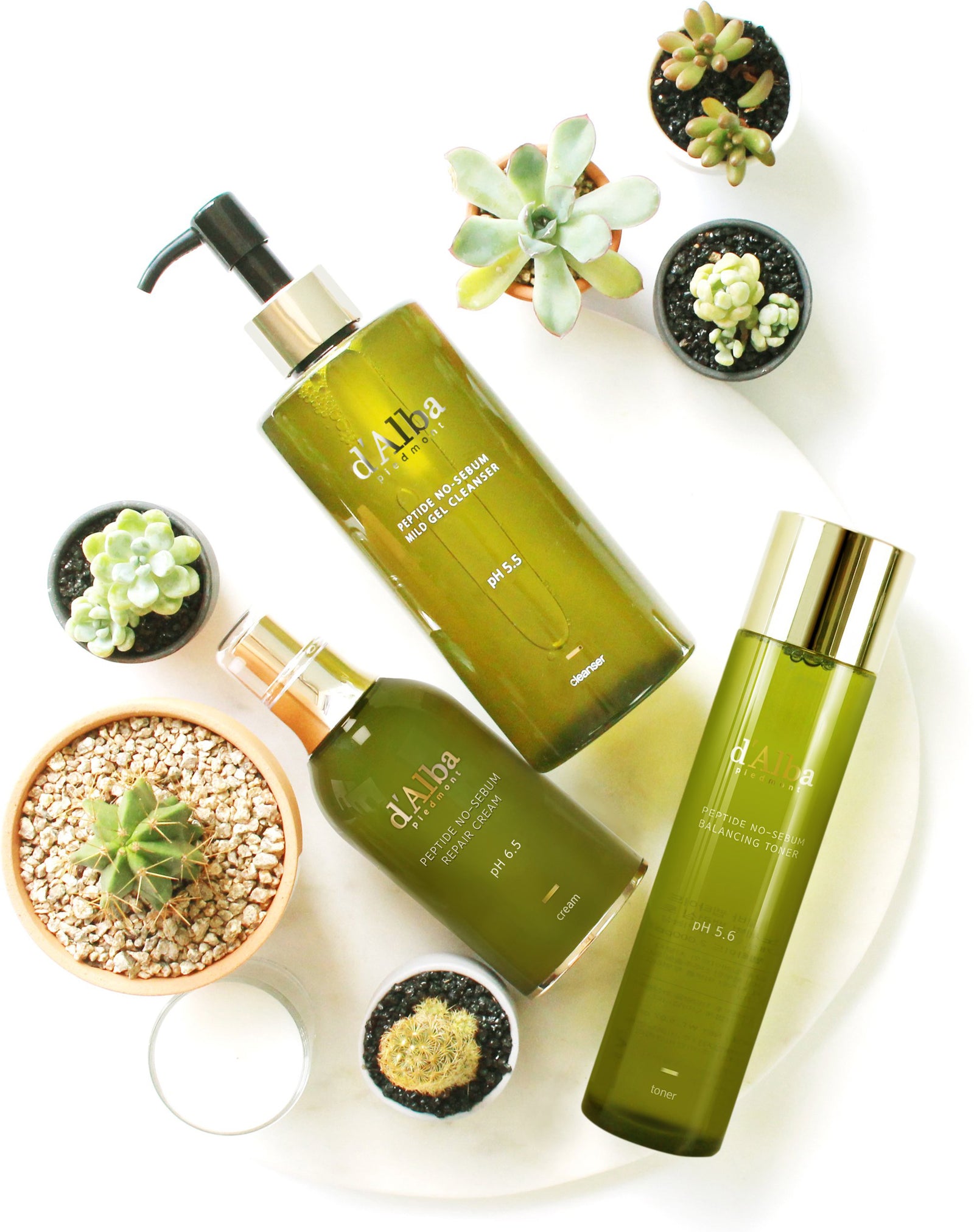Last month to shop K-Beauty on STYLE STORY. We’re moving to K-Beauty consultancy. Details
Menu
How K-Beauty Took Over the Beauty World
July 14, 2022

Episode Title: How K-Beauty Took Over the Beauty World
Episode Description:
To celebrate 100,000 downloads of the Korean Beauty Show podcast, on today's episode Lauren is taking a trip down memory lane. How has the Korean beauty landscape changed in the last 12 years?
We discuss the early days of kitsch products in macaron-shaped packaging to natural beauty, green beauty, clean beauty and minimalism. This is how K-Beauty took over the beauty world.
CONNECT WITH ME
Instagram: www.instagram.com/lauren.kbeauty
Shop Kbeauty: www.stylestory.com.au
Style Story’s Instagram: www.instagram.com/stylestory_kbeauty
Jelly Ko’s Instagram: www.instagram.com/jellyko_official
Join Jelly Ko’s List:
Facebook: www.facebook.com/stylestory.au
Website: www.thekoreanbeautyshow.com
Sign Up to Our Mailing List to Join Tester's Club: https://stylestory.com.au/pages/free-gift-signup
Pinterest: https://www.pinterest.com.au/stylestoryau
Episode Summary:
Korea, Global Beauty Leader
-
No country has had a greater impact on the beauty industry in the last 12 years. And not just on the products and brands but on the way we think about beauty as a whole
The Origins of K-Beauty
- Early 2010s - the focus was all about a demanding skincare routine and cute, kitschy products
- K-Beauty in general was quite fringe and niche
- Part of the fun back in the day was translating from Korean to English, discovering new products, trends and brands that no-one had heard of
- If you were familiar with Korean Beauty products 12 years ago, you’ll recall the endless stream of macaron lip balms, tomato-shaped face masks, tangerine hand creams and Disney collaborations.

- There’s no doubt that K-Beauty’s kitsch, unique packaging was one of the things that sky-rocketed it to fame.
- From the mid 2010s onwards, the emphasis shifted towards a more natural focus. Korean Beauty brands began promising everything from toxic free skincare to ECOCERT approval, EWG certification, and even vegan certification. Although the changes were linked to the maturation of the K-Beauty industry, one of the biggest drivers of this change is consumers and the focus on what's actually in our skincare.
- During this phase, brands focused on on sleek, simple products. Formulas contained high percentages of active ingredients that were tailored for those with sensitive, acne-prone skin.

A Big Part of K-Beauty's Rise was Responsiveness
-
K-Beauty's meteoric rise is thanks, in large part, to the brands' responsiveness to trends, to customer's demands and to the market
-
Most K-Beauty companies are extremely active online and on social media, taking time to directly engage with consumers, seek feedback and find out what they really want.
-
Many brands have a direct marketing approach that includes communicating with customers through Instagram, Facebook and email. Western beauty companies were not doing these things at the time.

- A classic example of this occurred years ago, when COSRX introduced a new brightening essence, “White Power Essence“. They hoped this would identify it as a skin “brightening” product (known in Korean as “whitening”).
- Western consumers however were quick to point out the negative connotations of the term “White Power”. COSRX got the message, quickly changing the name to “Whitening Power Essence”.
STYLE STORY - Your Go-To for Kbeauty
Shop Now
"Part of the fun back in the day was translating from Korean to English, discovering new products, trends and brands that no-one had heard of"
- Lauren Lee, KBeauty Expert



Leave a comment
Comments will be approved before showing up.